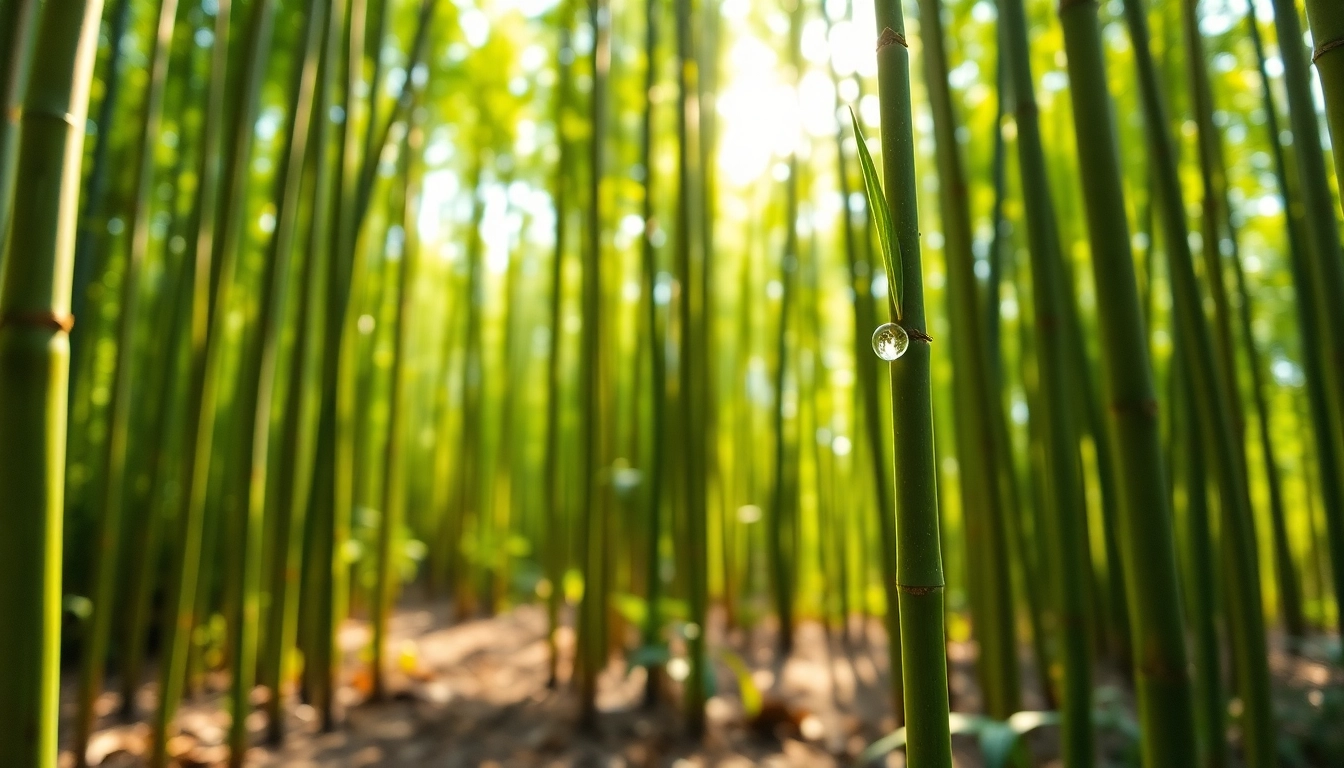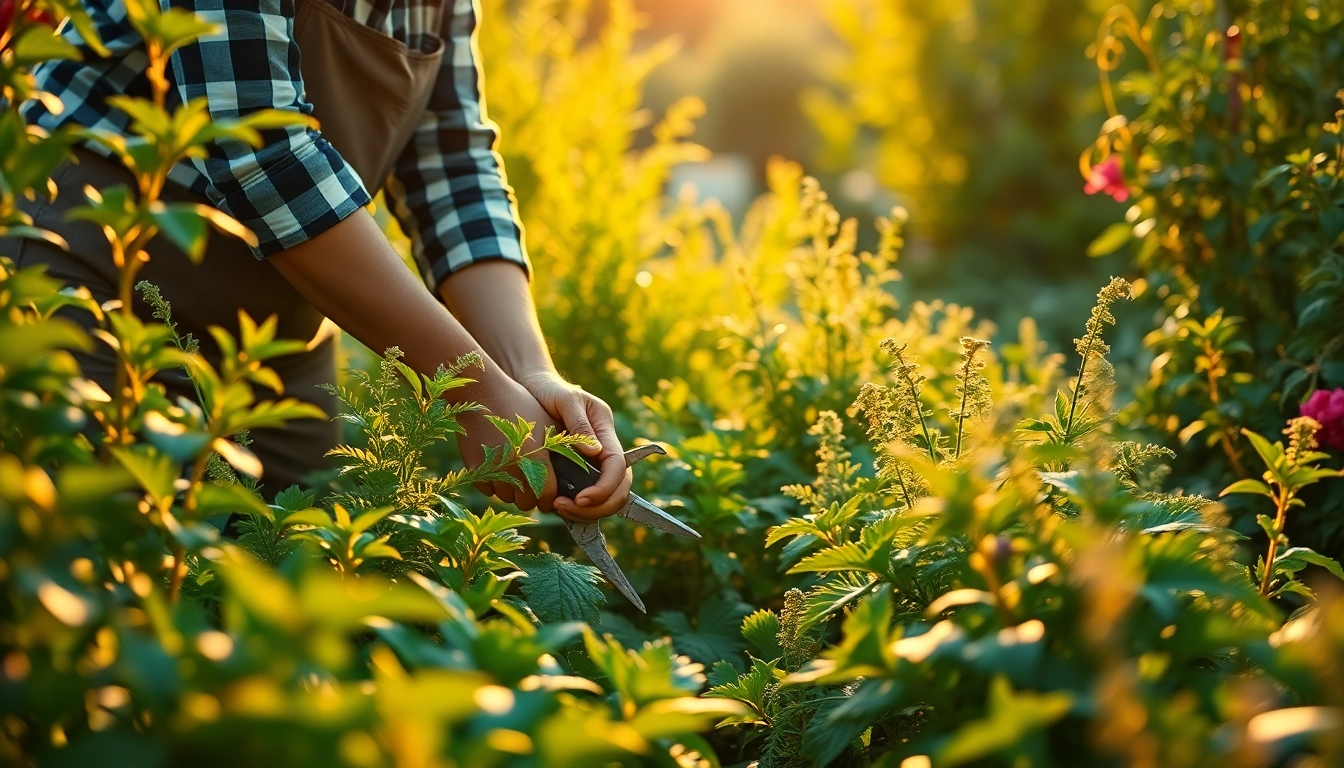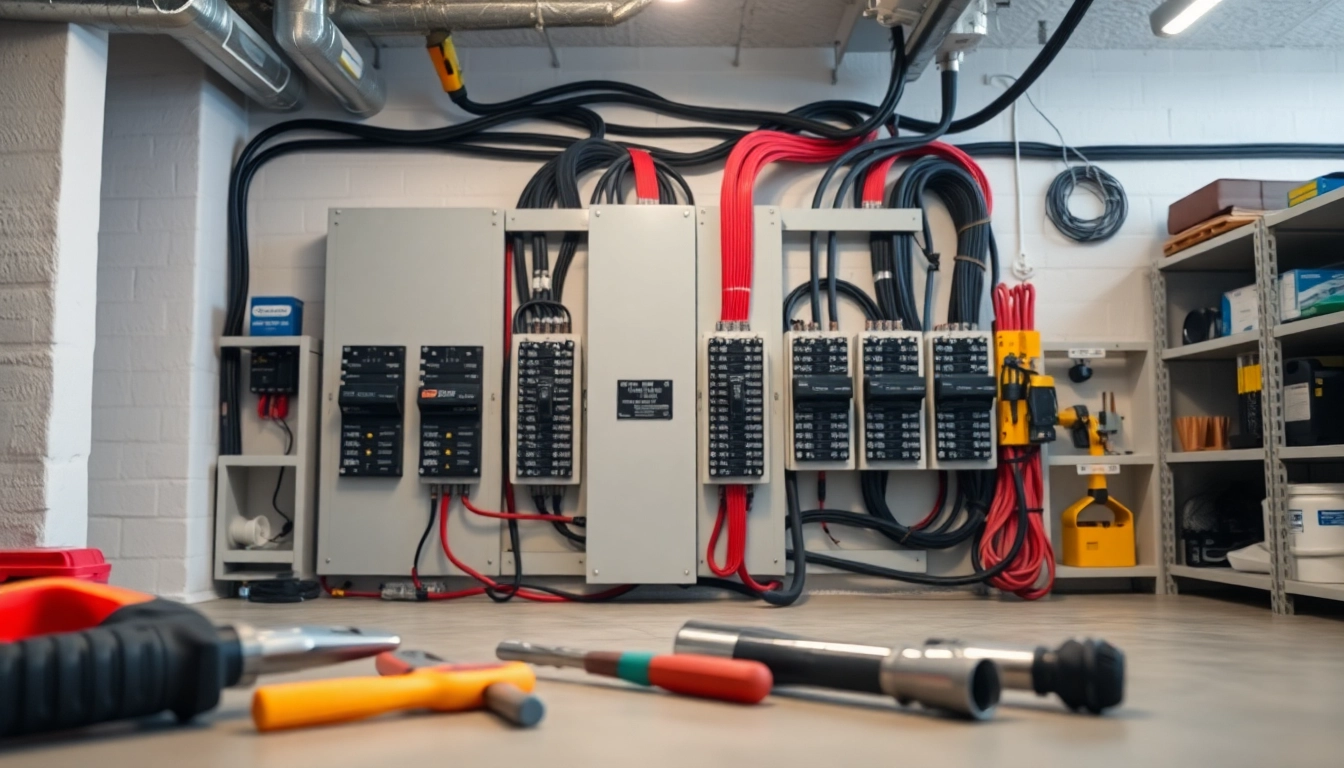Introduction to Bamboo
Bamboo is a remarkable plant that has garnered attention for its versatility and sustainability. As a group of mostly evergreen perennial flowering plants within the Poaceae family, Bamboo holds a significant spot in numerous ecosystems across the globe. Its rapid growth rate and structural integrity make it a sought-after resource for various applications. In this comprehensive guide, we will delve deep into the world of Bamboo, exploring its characteristics, types, uses, cultivation practices, and the future of this extraordinary plant. For more information and insights, visit Bamboo resources and articles.
What is Bamboo?
Bamboo refers to a vast group of species within the subfamily Bambusoideae, part of the grass family Poaceae. Known for their unique jointed stems and hollow structure, Bamboo plants can grow at an astonishing rate, with some species reaching heights of over 100 feet. They are often categorized as a type of grass, possessing characteristics that include a strong sieved stem, lush foliage, and a vibrant green color that is not only aesthetically pleasing but also functional in nature.
Key Characteristics of Bamboo
Bamboo is distinguished by several key characteristics that contribute to its ecological and practical importance:
- Fast Growth: Some Bamboo species grow as much as 35 inches in a single day, making them the fastest-growing grass in the world.
- Strength and Durability: The woody structure of Bamboo is not only lightweight but also exhibits high tensile strength, making it suitable for various construction purposes.
- Sustainability: Bamboo absorbs carbon dioxide and releases oxygen at a higher rate than many trees, contributing positively to the environment.
- Versatility: Its applications range from construction materials to textile production, crafts, and culinary uses, showcasing its flexibility as a natural resource.
The Importance of Bamboo in Ecosystems
Bamboo plays a critical role in its ecosystem. It provides habitat and food for numerous wildlife species. Various forms of wildlife, such as pandas and certain types of monkeys, rely on Bamboo as their primary food source. Additionally, the extensive root systems of Bamboo can help stabilize soil and prevent erosion, especially in regions prone to landslides. The growth of Bamboo also promotes biodiversity, as it creates a unique environment for various plants and animals to thrive.
Types of Bamboo
Common Species of Bamboo
There are over 1,400 species of Bamboo worldwide, but several of them are more commonly recognized due to their specific attributes or uses. Some notable species include:
- Bambusa vulgaris: Also known as common Bamboo, it is widely cultivated for its versatility, used in construction, crafts, and even as a food source.
- Phyllostachys edulis: Known as Moso Bamboo, it is highly prized for its edible shoots and strong culms, often used in construction and furniture making.
- Dendrocalamus giganteus: Considered one of the largest species, reaching up to 100 feet, it is predominantly found in Southeast Asia and is often used for its sturdy construction properties.
- Fargesia murielae: This clumping Bamboo is famous for its ornamental value and is frequently used in gardens for landscaping.
Softwood vs. Hardwood Bamboo
The classification of Bamboo into softwood and hardwood primarily hinges on growth, diameter, and density. Softwood Bamboo, generally characterized by faster growth, is utilized for lighter applications such as crafts, furniture, and decorative items. In contrast, hardwood Bamboo – which grows slower and features denser culms – is ideal for construction, flooring, and any applications requiring greater resilience and structural integrity.
Choosing the Right Bamboo for Your Needs
Selecting the appropriate Bamboo species is crucial depending on your intended application. Factors to consider include:
- Environmental Conditions: Assess the climate and soil conditions where you intend to grow or use Bamboo.
- Purpose: Determine whether you need Bamboo for construction, craft, gardening, or culinary purposes, as different species thrive under varied conditions.
- Growth Rate: If rapid growth is essential, then species like Moso or Bambusa vulgaris may be preferred.
Uses of Bamboo
Bamboo in Construction and Architecture
Bamboo has long been celebrated in construction and architecture, particularly in regions where it is abundant. Its tensile strength rivals that of steel, making it an excellent choice for building structures. Notably, Bamboo is being used in green building practices due to its sustainability. Structures such as homes, bridges, and homes designed with Bamboo are not only eco-friendly but also provide natural insulation, reducing the need for excessive heating and cooling.
Bamboo in Crafts and Art
The artistic utilization of Bamboo is widespread; it is a preferred material in various crafts, including weaving, furniture making, and art installations. Artisans create intricate designs and functional art pieces, emphasizing the natural beauty and flexibility of Bamboo. Items such as baskets, mats, and sculptures crafted from Bamboo not only serve as valuable products but also illustrate the cultural heritage of the communities engaged in these crafts.
Health Benefits and Culinary Uses of Bamboo
Bamboo shoots are a popular ingredient in Asian cuisine, known for their crunch and nutritional benefits. Rich in vitamins and minerals, they serve as a low-calorie food option suitable for different diets. In addition to culinary applications, Bamboo is sometimes used in traditional medicine for its purported health benefits, which include anti-inflammatory properties and promoting digestion.
Growing and Caring for Bamboo
Optimal Conditions for Bamboo Growth
Successful Bamboo cultivation hinges on meeting specific environmental conditions. Generally, Bamboo prefers:
- Sunlight: Most Bamboo species thrive in full sun, although some can tolerate partial shade.
- Soil: Well-draining soil rich in organic matter promotes healthy growth, while overly heavy or compacted soils can stunt development.
- Watering: Although young Bamboo requires regular watering, mature plants are relatively drought-tolerant once established.
Common Pests and Diseases Affecting Bamboo
Bamboo is generally resilient, but it can be susceptible to pests and diseases. Common issues include:
- Pests: Rhizome-eating insects and spider mites can cause damage. Regular inspections and organic pesticides can help manage these threats.
- Disease: Fungal infections may occur in overly wet conditions. Practicing good air circulation and proper watering techniques helps to mitigate such risks.
Harvesting Methods for Sustainable Bamboo
Harvesting Bamboo requires techniques to ensure sustainability and longevity:
- Selective Harvesting: Only a fraction of the Bamboo grove should be harvested at a time, allowing the rest to continue thriving.
- Timing: The best time to harvest Bamboo is during the dry season when the culms are mature and less susceptible to damage.
- Cuts: Cutting Bamboo at an angle to prevent water accumulation prevents rot and supports healthy growth.
The Future of Bamboo
Innovations in Bamboo Products
Innovation in Bamboo products continues to rise, particularly in environmentally friendly and sustainable initiatives. Advances include the development of Bamboo-based composites and sustainable textiles. These innovations are opening new avenues in various sectors, including fashion, furniture, and construction, while promoting eco-friendly practices that align with global sustainability goals.
Bamboo and Sustainability Initiatives
Bamboo holds immense potential for aiding sustainability initiatives worldwide. Its rapid growth and carbon sequestering properties make it an excellent candidate for reforestation and land rehabilitation projects. As the global focus shifts toward reducing carbon footprints and enhancing biodiversity, Bamboo may play a pivotal role in various restoration and conservation efforts.
Conclusion: The Role of Bamboo in a Sustainable Future
Bamboo is more than just a resource; it is an integral part of sustainable living practices and ecological balance. Its attributes render it invaluable in a range of applications, while its potential for promoting ecological health and sustainability makes it a critical ally in combating environmental challenges. As we enhance our understanding and utilization of Bamboo, it is crucial to foster sustainable practices ensuring its continued contribution to our planet’s health and our well-being.



